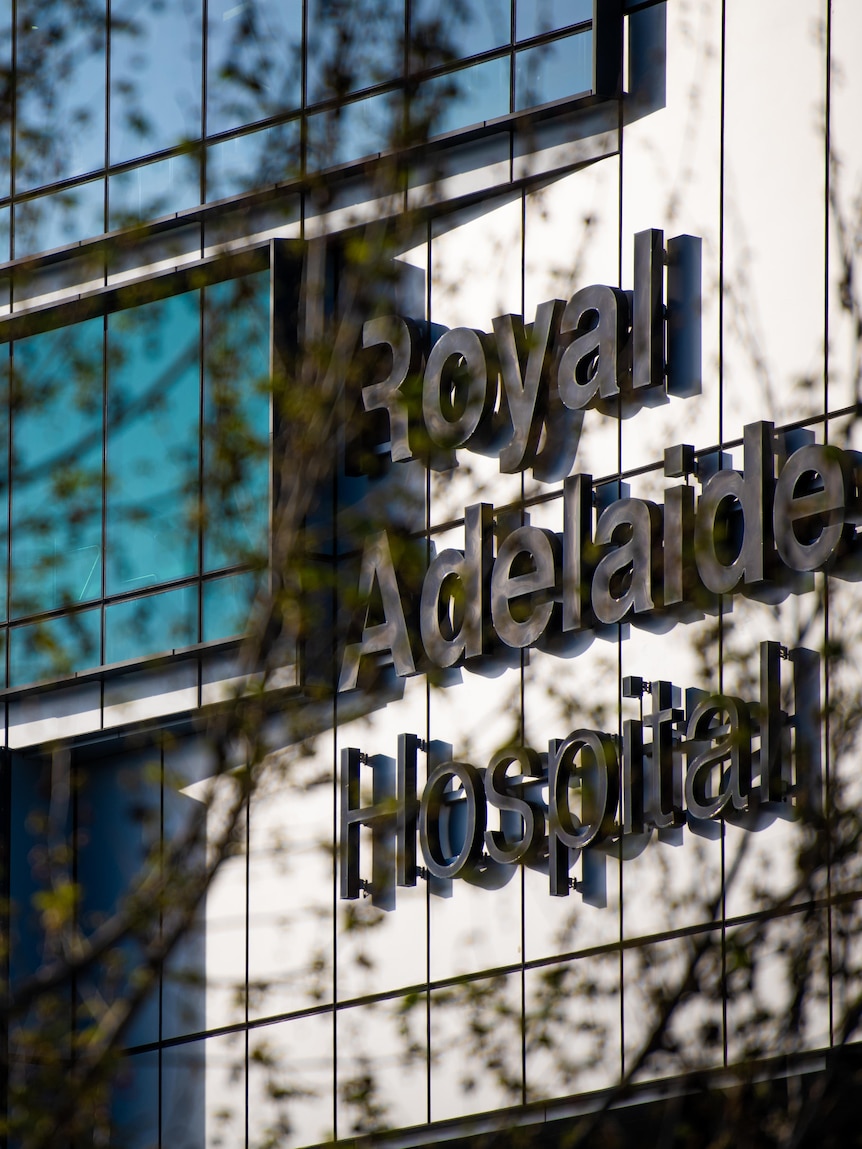Ambulance ramping at South Australia’s public hospitals reached near-record levels last month, with the state government citing “extreme” pressure on the health system.
Patients spent 4,095 hours on the ramp in March, according to figures provided by the South Australian government.
Ramping reached record levels in November last year with 4,285 hours lost.
SA Health defines ramping as a patient waiting in an ambulance outside a metropolitan emergency department for more than 30 minutes.
The Royal Adelaide Hospital had its worst month of ramping on record in March, while the Queen Elizabeth Hospital, Flinders Medical Centre, Modbury Hospital and Noarlunga Hospital also recorded a jump.
The state government said the health system experienced a 17 per cent increase in Category 1 patients compared to the previous month.
Health Minister Chris Picton said fewer beds have been available because more patients were staying in hospital for longer.
He said delays in discharging people with dementia out of hospital and into aged care had been “difficult”.
“We were very clear that this would take time that there’s not one single thing that you can do which can flick the switch that can address this issue, you have to do 100 different things all at the same time,” Mr Picton said.
“If you look at the stats that we have right now compared to the same time last year, we’ve got about 100 extra long-stay patients in our hospitals compared to the same time last year.”
Opposition spokesperson Vincent Tarzia said more needed to be done by the Labor government to address “unacceptable levels” of ramping.
“Once again we see over 4,000 hours lost on the ramp in the last month alone — that is simply not good enough,” Mr Tarzia said.
“Peter Malinauskas and Labor said they’d fix the ramping crisis. We are still seeing it at levels that are … unacceptable.”
Meanwhile, ramping at the Lyell McEwin Hospital in Adelaide’s north decreased by 45 per cent for the fifth straight month in a row, according to the government.
Mr Picton said a team of doctors, nurses and health professionals had been tasked with speeding up patient discharges at the hospital on weekends, where backlogs have usually occurred.
The government said the team of clinicians was using artificial intelligence to identify patients who could be reviewed for discharge — a move which has seen a 34 per cent increase in weekend discharges since the program began.
It said the change was saving time for clinicians who would otherwise have to trawl through lengthy lists of patient records and notes.
“Clinicians at Lyell McEwin Hospital are using clever strategies to help improve patient flow, reduce delays to patient discharge and bring down ramping,” Health Minister Chris Picton said.
He added the government was also increasing beds and expanding emergency departments in South Australian hospitals.
“We know we need more beds in our system and we are working tirelessly to build and open every bed that we can,” Mr Picton said.
“This year alone, we will open 150 new beds across our hospitals, with a further 130 beds next year — that’s the equivalent of a new Queen Elizabeth Hospital.”
Posted , updated




